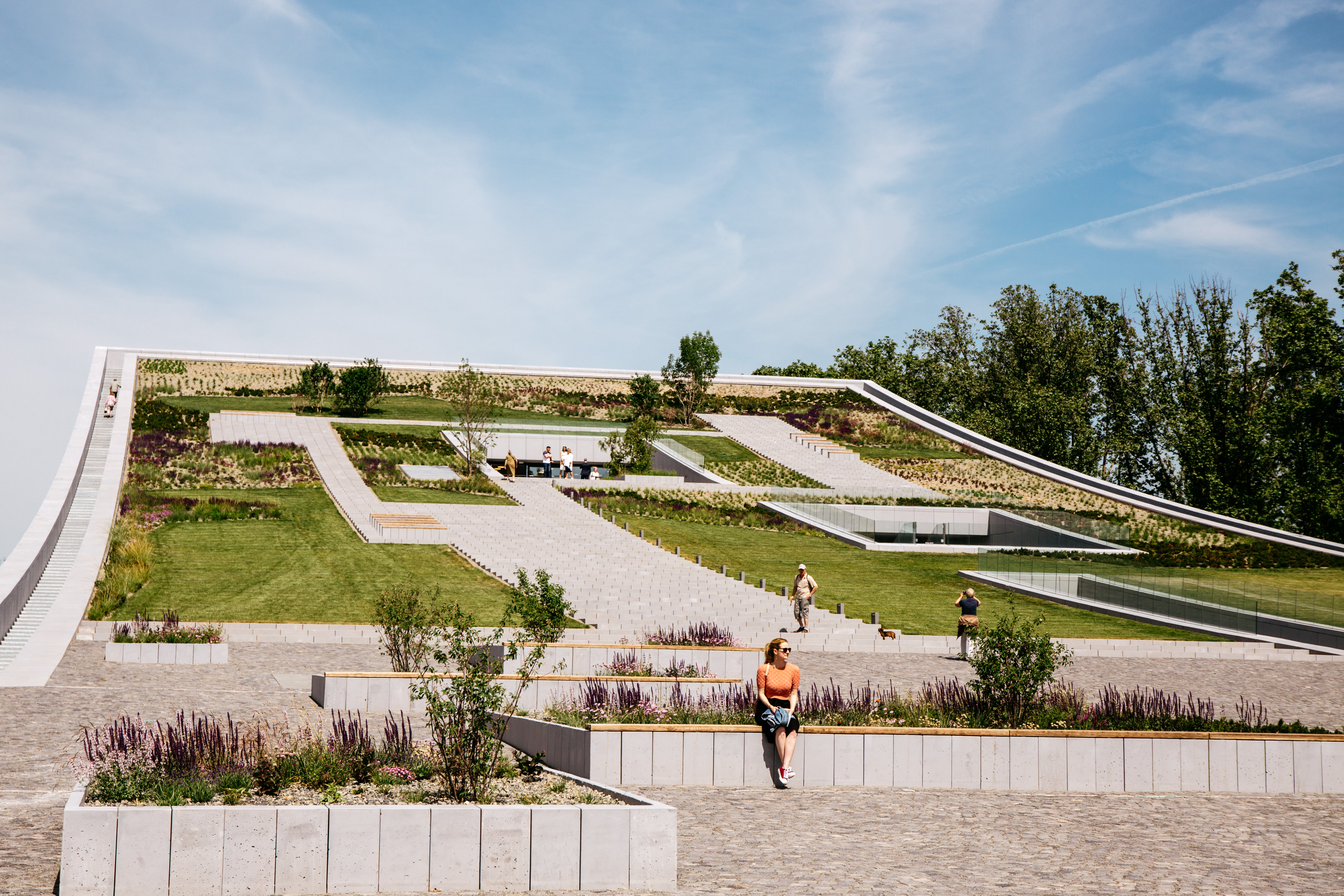Visitors to the newly opened Museum of Ethnography may have heard about some of the fascinating features that await, the lace-like metal façade of half a million pixels, the underground showroom and the roof garden. Now it’s ready, these playful elements embellish a wealth of exhibits, and all notions of the old-school, classical form of museum are banished to history.
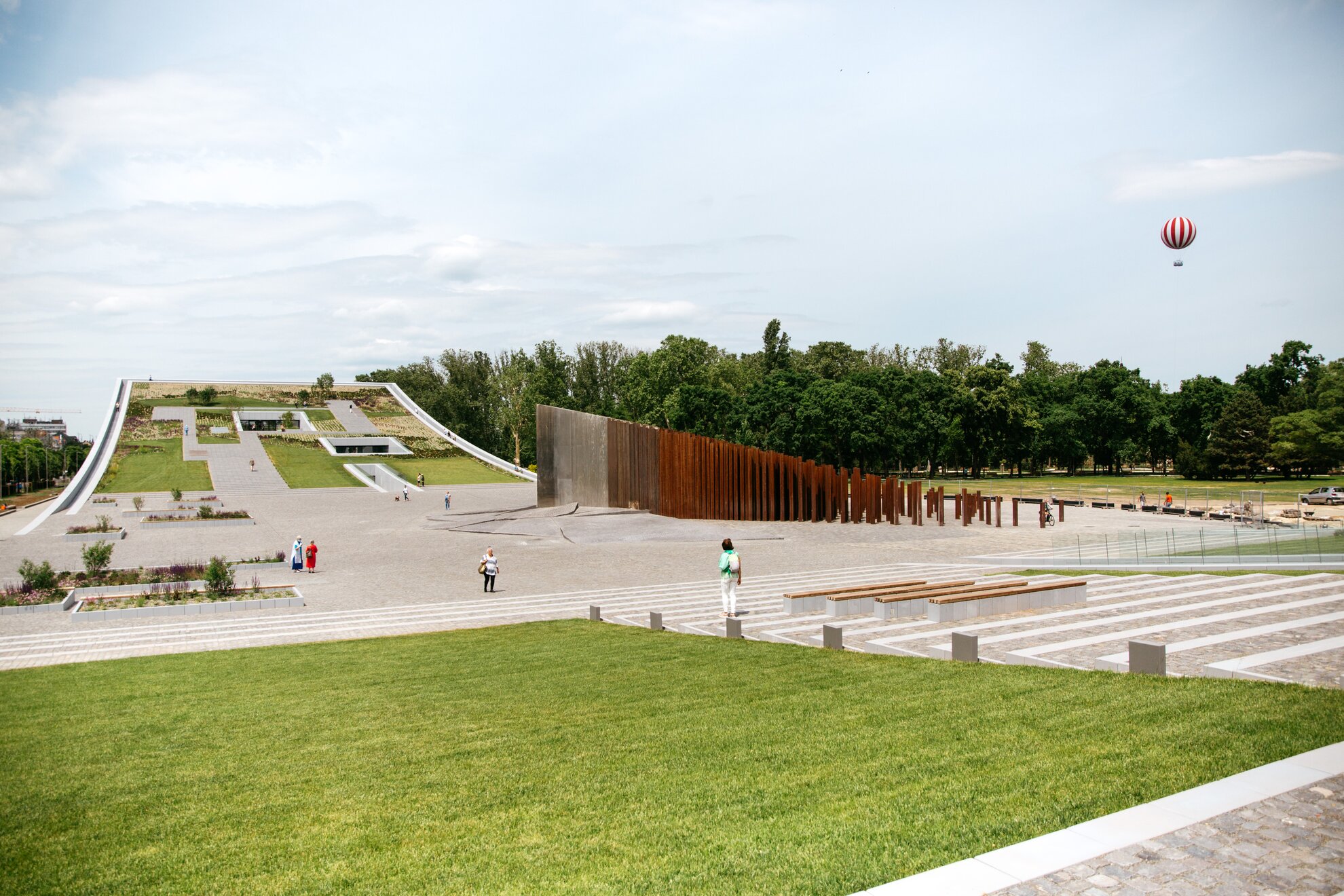
Think global
The museum’s collection comprises 250,000 artefacts,
not only covering the Carpathian Basin, but from all over the world.
Although the Museum of Ethnography was founded 150
years ago, it has not had a specific exhibition space until now. No matter how
much people revered its old home, the Palace of Justice on Kossuth tér, a
monumental historic mansion does not a museum make.
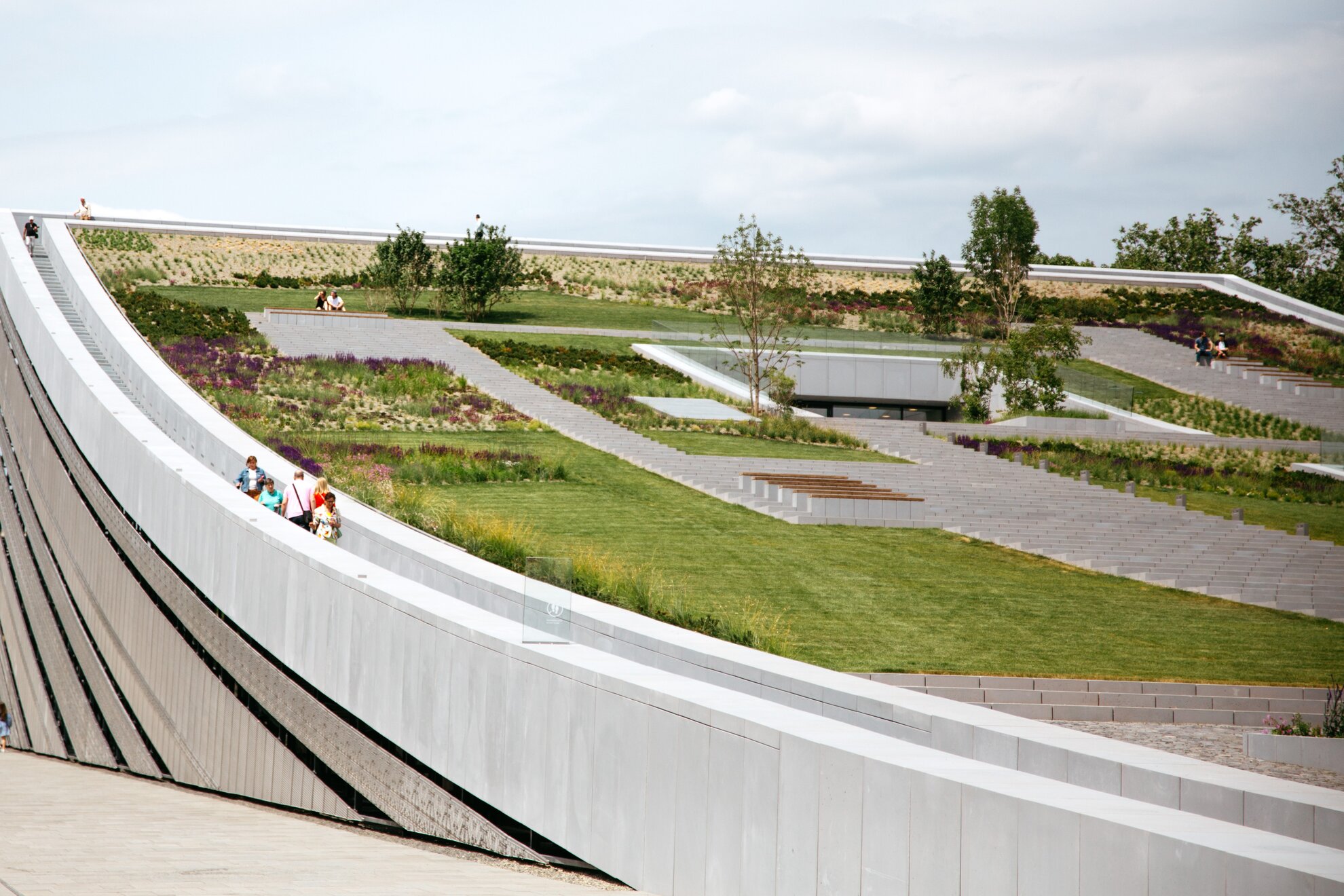
Then again, placing the institution in City Park is nothing new. The collection was first presented to the public at the 1896 Hungarian Millennial Exhibition in the Ethnographic Village and remained here for many years, in the Industrial Hall.
Walking from Ötvenhatosok tere, the open
space where City Park meets main Dózsa György út, the view is a bit deceptive. The grey façade
doesn’t look as huge as it actually is, but as you walk closer, the building
unfolds before you.
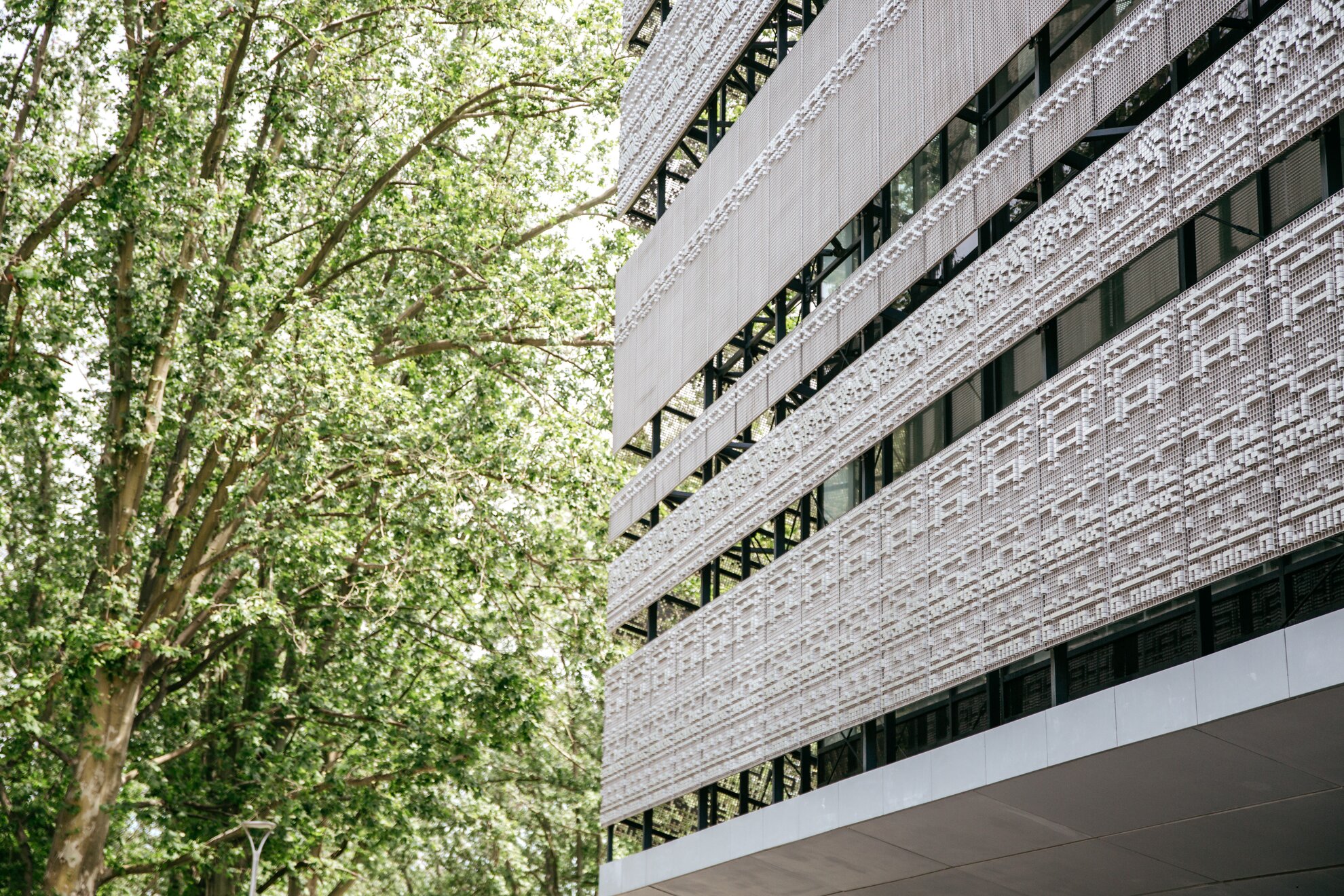
On its façade is a metal lattice of half a million pixels, on which selected ethnographic motifs from the Hungarian and international collections of the museum appear. The pixels have been inserted into laser-cut aluminium grids by a special robot, but get even closer, and you realise they are small cubes.
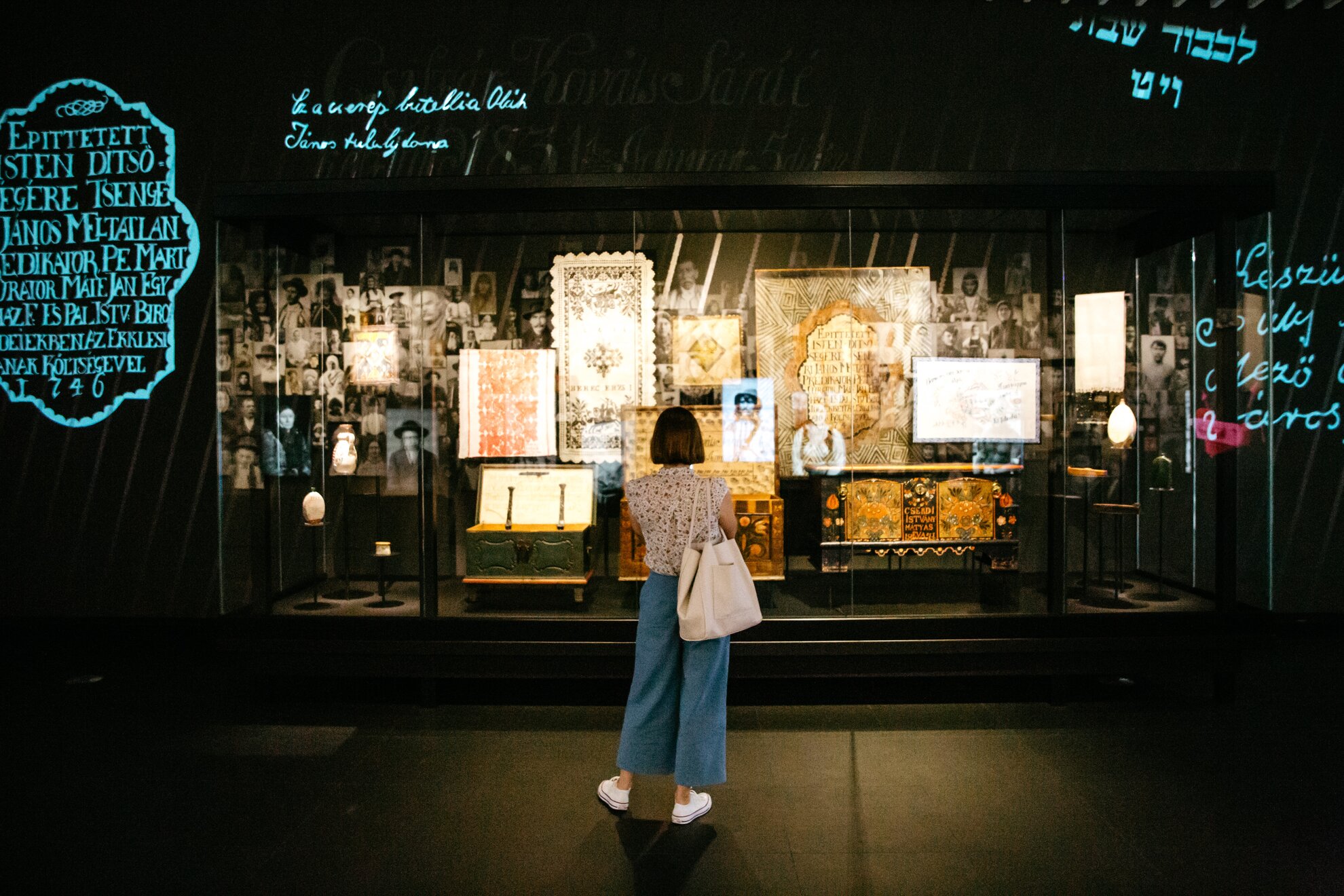
The new building on the western edge of City Park serves as a gateway to the now transformed Városliget. It also harks back to the time when Városligeti fasor, the tree-lined avenue that today ends at Dózsa György út, led into the City Park it was named after.
Walking down the main stairs of the building reveals 4,000 colourful works of art in the Ceramics Space, not only Hungarian, but also from Africa and the Far East. This section of the exhibition is free to enter.
Looking through the glass wall while climbing the stairs, you can see part of another exhibition, ZOOM, where you can view the museum collection interactively, from different points of view.
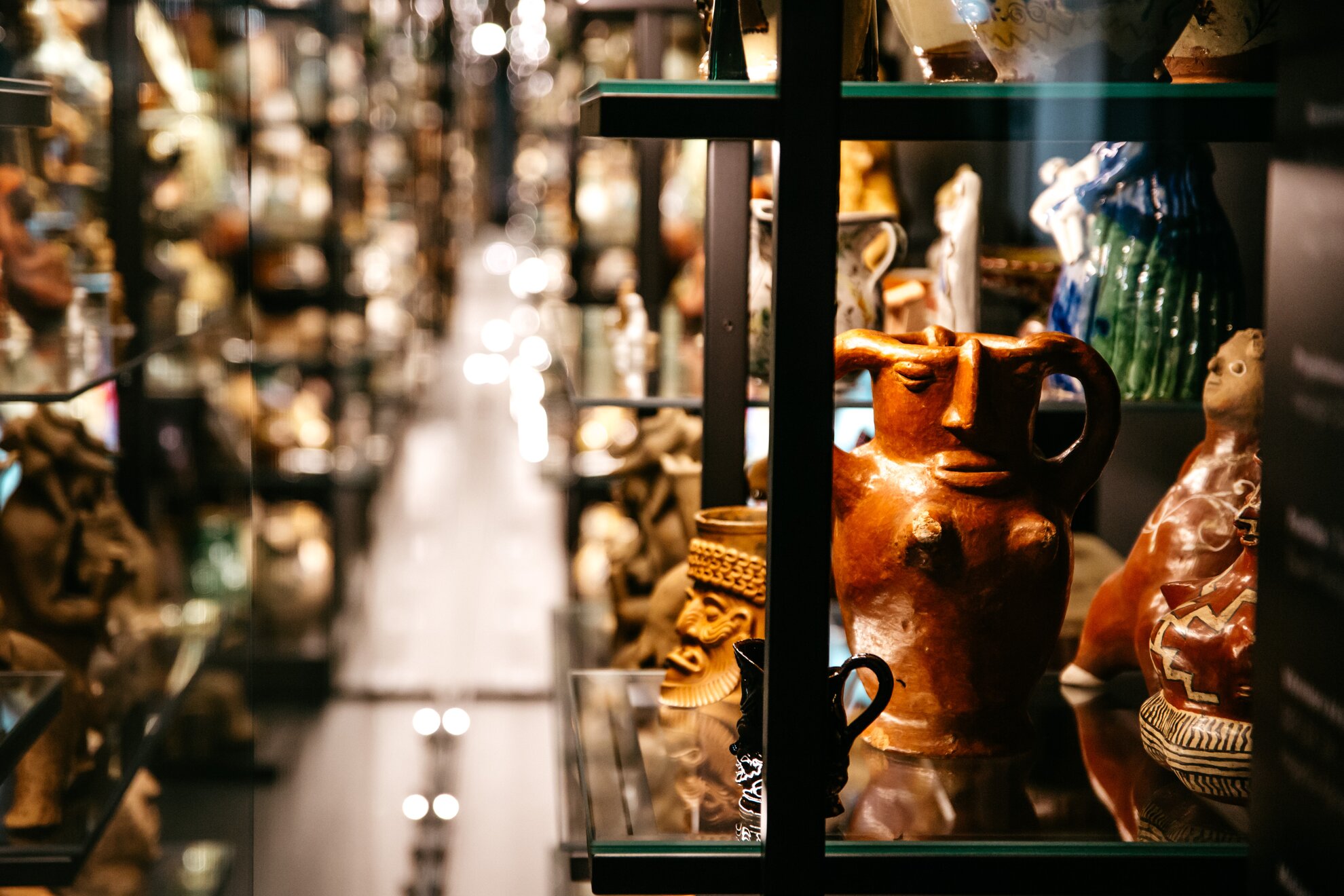
On the projectors, you can see the curators zooming
into a mask or a razor holder, so decorated that they require lengthy
observation. Original forms of cheese-making, gingerbread moulds and trial
versions of blue paint await investigation.
Here is where you also see one of
the largest objects in the Ethnographic Museum, a seven-metre-long barge of the
type used by fishermen on Lake Balaton, carved from a tree trunk of a tree,
that dangles above visitors’ heads.
The first temporary exhibition has already opened. We Have Arrived has been compiled by 30 curators who have selected the hundred-plus objects presented here. Until now, many had been kept under wraps in the warehouse.
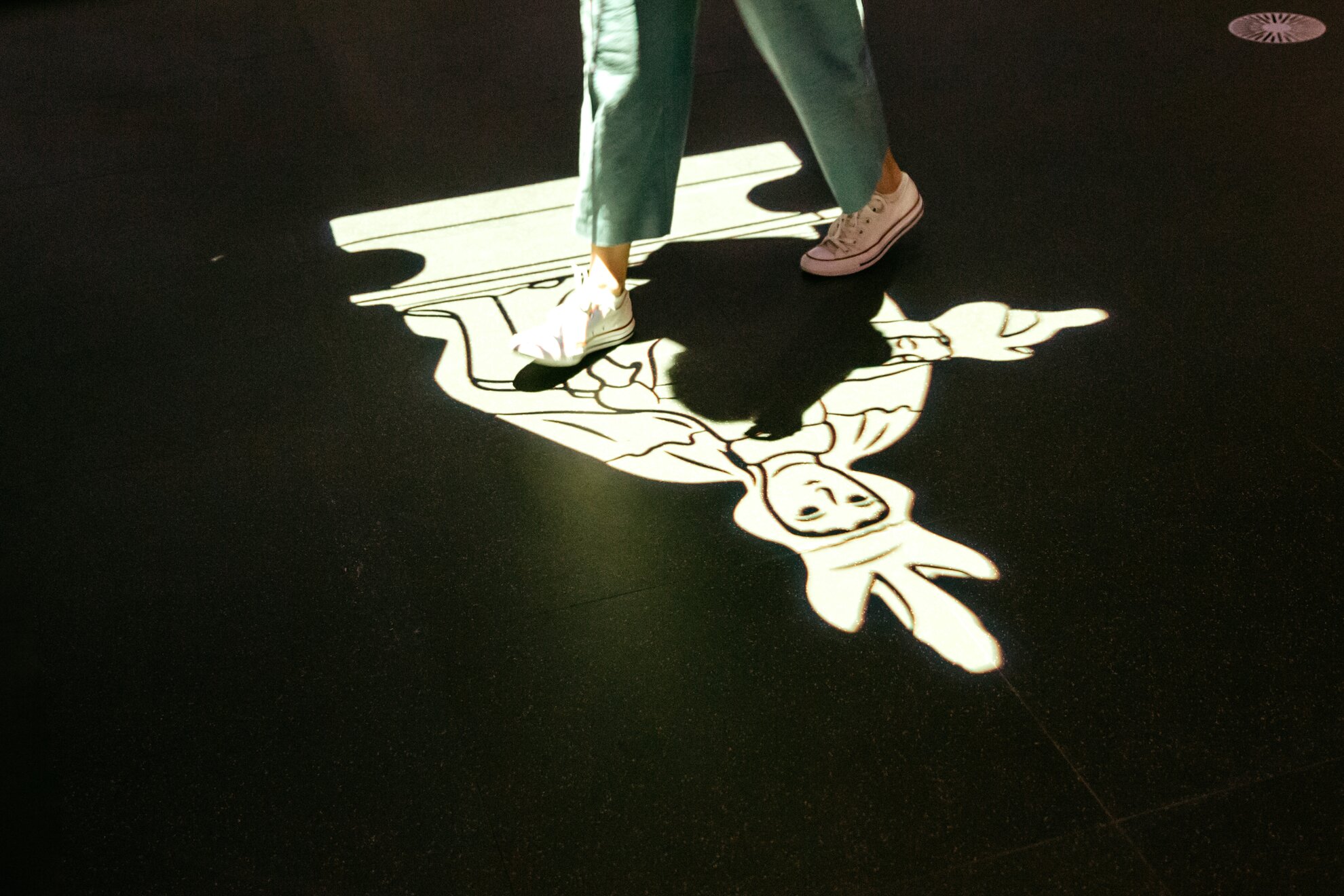
Exotic cultures and echoes of Hungarian peasant life mingle, Sárközi headgear, a Japanese samurai sword, embroidered jackets and a model of a Ruthenian temple. Video content, interactive whiteboards and music augment the experience.

The two wings are festooned with plants and trees, reflecting
the two intertwined hillsides, with a skatepark in place to attract youngsters.
Metal stairs on the side of the building lead up to the roof, from where you
can see the City Park’s new summer feature, a hot-air balloon,
rising up, and the Buda hills beyond.
Benches and grass areas provide the
perfect surroundings to relax amid pretty flowers and leafy shrubs. Shade
is lacking, though, so do bring a hat in hot weather.
Venue information
Museum of Ethnography
1146 Budapest, Dózsa György út/Ötvenhatosok tere
Facebook
Open: Tue-Wed & Fri 10am-6pm, Thur 10am-10pm, Sat-Sun
10am-9pm (opening week until Sun 29 May, open until 8pm)
